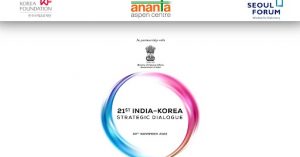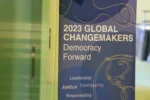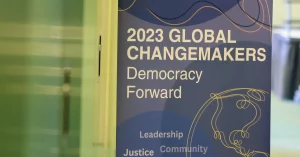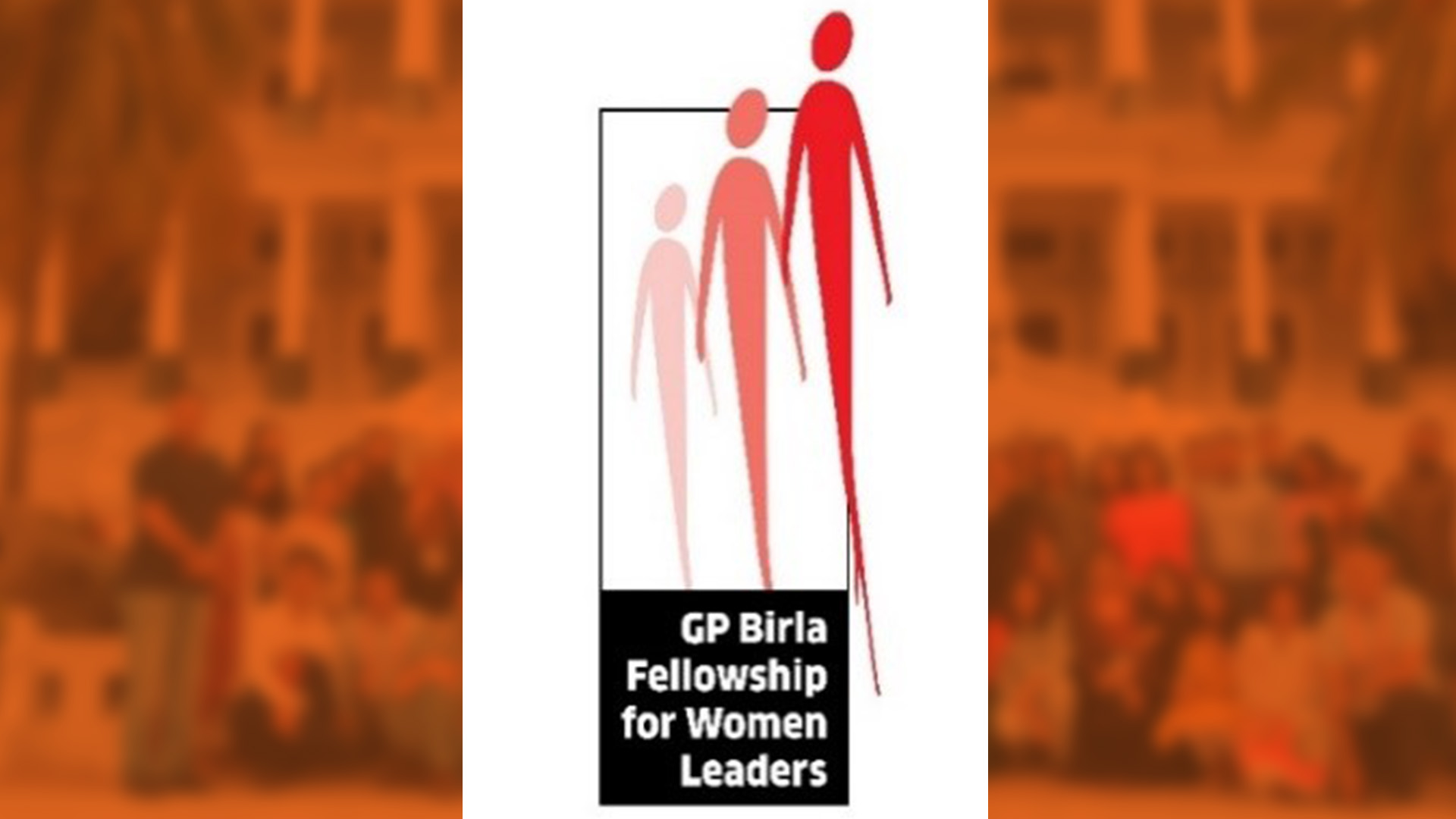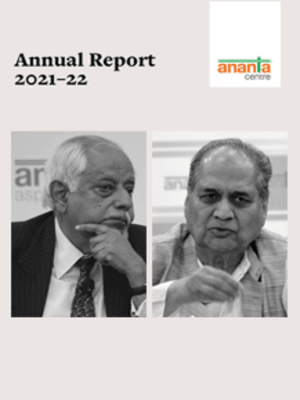With an aim to foster greater synergy climate change and energy policy cooperation, Ananta Aspen Centre in collaboration with The Aspen Institute, USA, brings together high-ranking experts from India and the United States to discuss key energy and climate change issues as well as the papers produced by thematic working groups. The 9th meeting of Track II Dialogue on Climate Change and Energy was held in February 2020 in New Delhi.
Outcomes: India US Track II Climate Change & Energy. April 2023
On April 17-19, members from the U.S. and Indian Delegations of the Track II Dialogue on Climate Change and Clean Energy met in person in Washington D.C. for the 12th meeting of the Dialogue. This year, the Track II Dialogue engaged on key issues related to India’s and the U.S.’s bilateral climate and energy relationship, including how the two countries can yield significant benefits on the topics of hydrogen, climate finance, climate-resilient solutions, supply chains and critical minerals, and cooling.
Green Hydrogen Working Group Paper. India US Track II
Recently, the governments of the U.S. and India have both turned their attention to the development of hydrogen as they look to meet emissions reductions goals. U.S. legislation, including the Infrastructure Investment and Jobs Act (IIJA) and the Inflation Reduction Act (IRA), along with the Department of Energy’s Hydrogen Shot initiative, use tax credits and direct funding to reduce the cost of hydrogen and create regional hubs to advance the development and deployment of clean hydrogen. India launched the National Hydrogen Energy Roadmap in 2006 to develop a research and development ecosystem and launched the National Green Hydrogen Mission (NGHM) in 2021. The NGHM seeks to scale up green hydrogen production and utilization across multiple sectors, ultimately making India a global green hydrogen hub.
To read the outcomes from the April 2023 meeting of the India US Track II Dialogue on Climate Change & Energy.
Climate Finance Working Group Paper. India US Track II
Experts, political leaders, and advocates increasingly recognize that international financial institutions (IFIs) and multilateral development banks (MDBs), specifically, are not doing enough to meet today’s poly-crises – in particular climate change. In 2018 all nine MDBs pledged to become aligned with the Paris Agreement,1 and yet, the MDBs have not made significant structural changes, are not allocating sufficient finance towards climate-related goals, and continue to fund fossil fuel projects.
To read the outcomes from the April 2023 meeting of the India US Track II Dialogue on Climate Change & Energy.
Climate Resilience Working Group Paper. India US Track II
As the likelihood of exceeding the 1.5°C global warming level increases, resulting impacts are more likely to pose significant risks to people, particularly those in low-income households and countries, and indigenous communities, nature, and infrastructure in India and the U.S. While the U.S. faced eighteen separate billion-dollar weather and climate disaster events in 2022[1], India experienced extreme weather events 314 out of the 365 days.
To read the outcomes from the April 2023 meeting of the India US Track II Dialogue on Climate Change & Energy.
US State of Play on Climate & Energy Action. April 2023
The past year has seen the historic passage of the Infrastructure Investment and Jobs Act of 2021 (IIJA, also known as the Bipartisan Infrastructure Law, or BIL) and the Inflation Reduction Act of 2022 (IRA), representing the largest climate investments in U.S. history. These accomplishments, combined with anticipated regulatory action and state-level initiatives, puts the U.S. on a pathway to meet its updated nationally determined contribution (NDC), which as of 2021 sets an economy-wide target of reducing net GHG emissions by 50-52% below 2005 levels by 2030 and commits the U.S. to achieving net-zero emissions by 2050. This target is substantially enhanced from the previous NDC established during the Obama administration of decreasing national GHG emissions by 25% below 2005 levels by 2025, and though annual emissions slightly increased by 1.3% over the previous year, the GHG intensity of the U.S. economy declined overall. With President Biden’s continued prioritization of ambitious climate goals, the U.S. is in a strong position to see a continued decline.
To read the outcomes from the April 2023 meeting of the India US Track II Dialogue on Climate Change & Energy.
India’s State of Play on Climate & Energy Action. April 2023
At COP26 in 2021, Prime Minister Narendra Modi pledged that India would:
- Raise the non-fossil fuel-based energy capacity of the country to 500 GW by 2030
- Meet 50% of the country’s energy requirements using renewable energy sources by 2030
- Reduce the total projected carbon emission by one billion tonnes between now and 2030
- Reduce the carbon intensity of the economy to less than 45% by 2030
- Become carbon neutral and achieve net zero emissions by 2070.
To read the outcomes from the April 2023 meeting of the India US Track II Dialogue on Climate Change & Energy.







